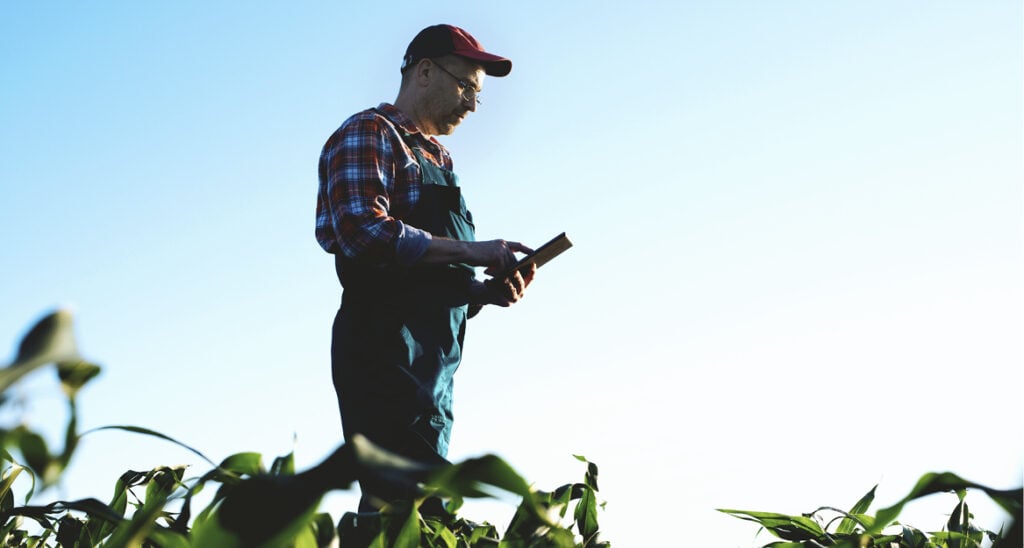
When it comes to the use of new technologies in animal production, two feelings arise almost instantly: excitement and apprehension about the new. To some extent, these desires and concerns are justifiable, since the promises are always significant, but it is essential to take it easy when getting to know the new, as reality is not always so straightforward.
In the first contact about what new technologies are and how they will be used in animal production, the information can be overwhelming and create resistance. Therefore, the tip is to focus on the details – which we sometimes don’t pay much attention to – and translate the complexity of technology into practical everyday results, always approaching the knowledge and experience of each individual.
Often, the results of implementing a technological solution are not easily noticeable, but upon a closer look, we will see that the benefits are many. For example, not having to perform an activity that takes an hour of your work every day. It may seem like a small thing, but over a year, that one hour results in 45 days of work that can be dedicated to other purposes. Therefore, it is essential to understand that technology can help beyond the final result of animal production and that, at times, it appears in the operational result of the year, not just the result of a batch.
At this moment when we have many technology offerings, it is strategic to be prepared to receive these novelties. The recommendation for the first moment is to check if the available infrastructure is ready to receive the technology. The two main points are:
- Having stable internet in the barns;
- Improving the electrical structure in the barns, especially grounding, to ensure longer life for electronic equipment.
The paradigm shift here is that basic infrastructure becomes more important (something the producer needs to care for every day) than the implementation of technology itself. Without good infrastructure, the producer will not be able to take full advantage of the technology’s maximum potential and, consequently, the maximum productive potential he is seeking for his production.
In addition to basic infrastructure, it is essential to find ways to assess and measure the results of a technology based on the reality of each location. At this point, the tip is to focus on:
- simplifying management activities in processes and handling, such as saving time in daily routine tasks, such as monitoring or controlling barn temperature through sensors;
- addressing or supervising a problem that impacts production results, such as monitoring animal weight throughout the batch, comparing it with a reference curve or with the previous batch of the same producer, making real-time management a habit rather than something that the producer will only evaluate at the end of the batch
Improving time management and evolving performance indicators directly impacts the financial result of a batch, and this can be managed through daily decision-making. The vast majority of new technologies can support this decision-making moment by collecting and providing data.
But be careful! It’s important to note that the excess of data can distract from the most important questions and problems that need to be solved. It’s crucial to understand which key performance indicators (KPIs) can improve and evolve, and then look for technology that can support that journey. Be open to experimenting, taking risks, learning, and sharing information. Invest time and resources in good partners. Be curious, ask other producers about the technologies they use, participate in fairs and events, and ask trusted individuals and companies what is generating effective improvement in results.
Technology in agriculture requires exchange of experiences, conversations; only then will the results reach the reality of animal production.
The challenge for everyone in adopting new technologies in the animal production chain is to get used to analyzing increasingly more information. This is already a reality, not a future, so take risks, but with responsibility and with good partners by your side, always focusing on which day-to-day problems you need to overcome to increase productivity.
Do you want to understand more about innovation and technology in animal production? Discover and participate in Agriness Next.
Author

André Peternela
Head Of Engineering And Iot

